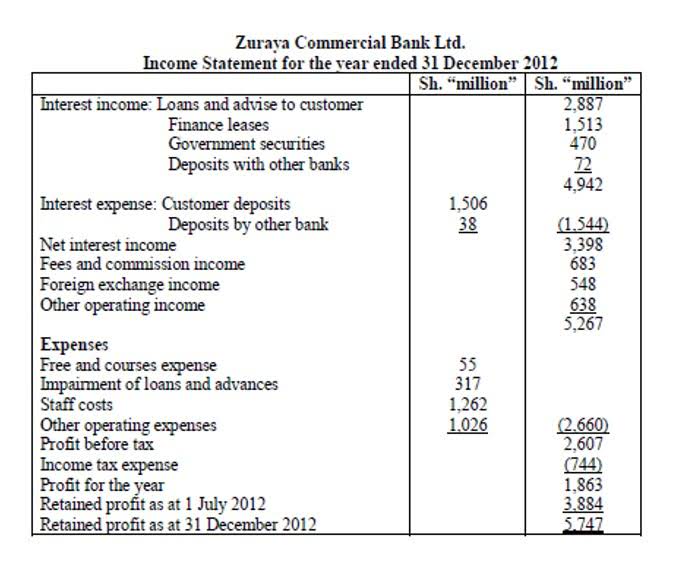
The differences between BLUE and HN2017 are thus a combination of higher LUC dynamics in BLUE (by using LUH2v2.1 and accounting for gross transitions) and of faster material decay than in HN2017. The different trends of BLUE and HN2017 in the 1950s and after 1990 are instead largely attributable to the different LUC forcing (Gasser et al., 2020). In the global carbon budgets since 2017 (Friedlingstein et al., 2019; Le Quéré et al., 2018a, b), FLUC estimates forrecent decades are taken as the mean of the estimates of two BK models, theone from Houghton and Nassikas (2017) (HN2017) and the BLUE model described in Hansis et al. (2015). However, even for these similar methods, estimates differ considerably (Bastos et al., 2020; Friedlingstein bookkeeping model et al., 2019).
- (b) Area ofcropland and grazing land in Brazil in both LUH2-GCB2019 (solid line) andLUH2 v2h (dashed line).
- The alternative scenario (SSP5-3.4OS) is an overshoot scenario which mainly differs from the baseline scenario after 2040.
- A part of the BLUE model simulations was executed on the Linux cluster hosted by the Leibniz-Rechenzentrum in Munich.
- The LULCC uncertainty has a comparable impact on the cumulative net LULCC flux to including harvest and gross transitions, while its impact on most recent annual estimates is about 3 times smaller.
- This was likely because the response functions for forest recovery used in HN2017 are static and based on contemporary observations, with higher carbon stock and faster growth rates than actual historical values due to global environmental changes.
- From around 1700, the area of agricultural land expands more rapidly, and from around 1850, the same is true for secondary land (Fig. A1c and d, respectively).
- Thebookkeeping models H&N2017 (Houghton and Nassikas, 2017) and BLUE(Bookkeeping of Land Use Emissions; Hansis et al., 2015) and an ensemble ofdynamic global vegetation models (DGVMs) as part of TRENDY (the land modelsynthesis project for the Global Carbon Project; Sitch et al., 2015) areused to compute ELUC and its uncertainty.
The bookkeeping and residual budget approach
Sintact was derived as the residual of other budget terms and it alone absorbs most of the IAV of Snet, and drives almost completely the atmospheric CO2 growth variation (Fig. 5a). This dominance of IAV by Sintact remains unchanged in the most recent GCP global carbon budget32. The new picture following the ORCHIDEE simulation accounts for all the component source and sink terms over managed land, and disaggregates the whole gross land sink more realistically into secondary and intact ecosystems (Fig. 5b).

B1 Discussion of crossing points of net LULCC flux simulations
For the period of 1850–2015, our simulation results showed similar temporal patterns and magnitudes with HN2017, not only in the estimated global ELUC, but also in its individual components (Fig. 4). The IAVs of Elegacy and Srecov contra asset account dominated the IAV of ELUC in ORCHIDEE, in line with the model’s inherent capability to integrate ecophysiological impacts by climate variations. Our following analysis focuses mainly on the time period of 1959–2015, during which different components of global carbon budget can be relatively well constrained owing to reliable measurements of annual atmospheric CO2 growth rate13. All BLUE simulations, as well as HN2017, have 4 %–6 % lower potential C stocks in vegetation than estimates in Erb et al. (2018) (Fig. 6). Since the values of potential biomass in Erb et al. (2018) were estimated for present day, they include the effect of environmental changes such as CO2 fertilisation, and are expected to be up to 10 % higher than they would be without these effects (Pongratz et al., 2014).
- The increase in ELUC further decreased both Snet and Sintact, but the IAVs of the three carbon fluxes remained similar to the baseline simulation (Supplementary Fig. 14).
- DGVMs, on the other hand, model the evolution of carbon pools on a process-based level and also react to climate impacts and trends.
- For SHNFull, the difference with SBL-NET is not expected to be simply the sum of the corresponding SHNCdens, SHNAlloc andSHNt differences because of interactions between C densities,allocation fractions and response times, with differences in model structureand LUC forcing, as described in Fig.
- The FLUC uncertainty after 1959 has been defined by best value judgement that there is a 68 % likelihood that actual FLUC lies within ±0.7 PgC yr−1 of the two models’ mean, and for earlier periods, the standard deviation of a group of DGVMs was used.
Julia Pongratz

The largest sensitivity of the Bookkeeping for Chiropractors cumulative net land-use flux to LULCC using net transitions is present over Europe from abandonment and over India and south-east Asia from uncertainties in crop transitions. The sensitivity of the net LULCC flux to uncertainties of pasture and overall uncertainty of LULCC over Oceania is relatively small. Interestingly, the cumulative net land-use change flux over Oceania is larger in HI1700 rather than LO1700 because few transitions occur before 1700, so basically all transitions are captured in the analysis period.
- Note that all land fluxes by ORCHIDEE include full impacts of environmental changes and climate variations.
- A recent study estimated the global secondary forest sink as 1.30 (1.03–1.96) Pg C year−1 for 2001–2010 by assuming 61.4% of the total forest area23.
- The time series of all three historical uncertainty estimates (Fig. 1) shows the known feature of a peak in 1960 (Hansis et al., 2015; Friedlingstein et al., 2019).
- It’s a great choice for any business that needs financial support and advice from its bookkeeping app.
- 2, the ORCHIDEE model can rigorously separate carbon fluxes of managed and intact ecosystems (Fig. 2a–c, Supplementary Figs. 3 and 4).
Figure 5Mapped differences (LUH2-GCB2019 – LUH2 v2h) in fractions of each0.25∘ grid cell for cropland, grazing land, secondary forest, andprimary forest in 2000, 2009, and 2015. In those simulations where BLUE is run with all or a subset of HN2017parameters (SHNCdens, SHNAlloc, SHNt), instead of global values per PFT, the values per PFT from HN2017 are translated into BLUE PFTs and organised into parameter maps that can be read by BLUE. The difference between these simulations and SBL-NET provides an estimate of FLUC differences each including one set of parameters from HN2017 in BLUE.

A2 Properties of the LULCC dataset

Besides differences in cumulative FLUC, BLUE and HN2017 also show very different temporal behaviours (Friedlingstein et al., 2019, and see Fig. 2below). Noteworthy is an increase in FLUC in BLUE but decrease in HN2017 in the 1950s, which is likely attributable to the change in methodology in HYDE (Klein Goldewijk et al., 2017) from using FAOSTAT (FAOSTAT, 2015) estimates to population-based extrapolation in the past (Bastos et al., 2016). A second notable difference in temporal dynamics can be observed in the 2000s, as has been shown by Bastos et al. (2020). Here, BLUE shows a strong increasing trend starting 2000, while HN2017 estimates start decreasing after the late 1990s.